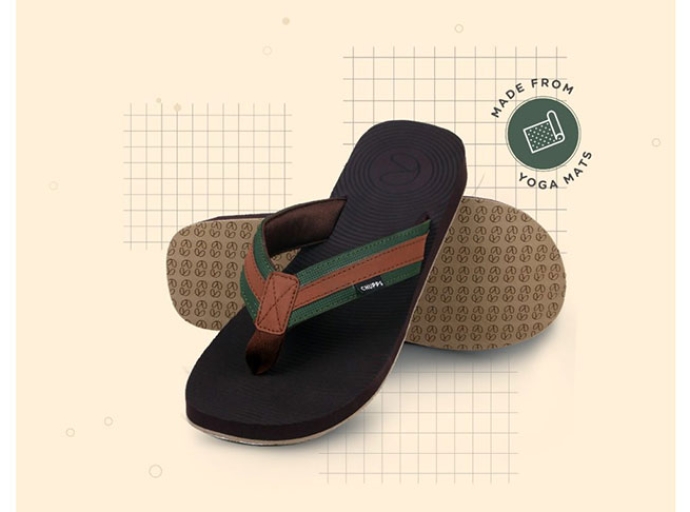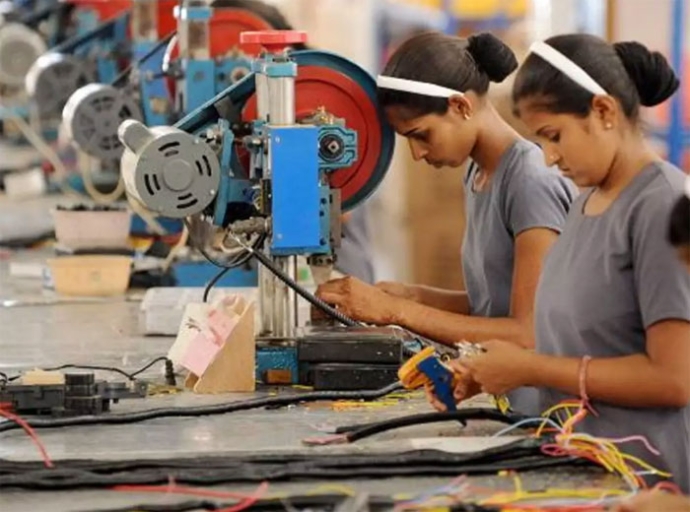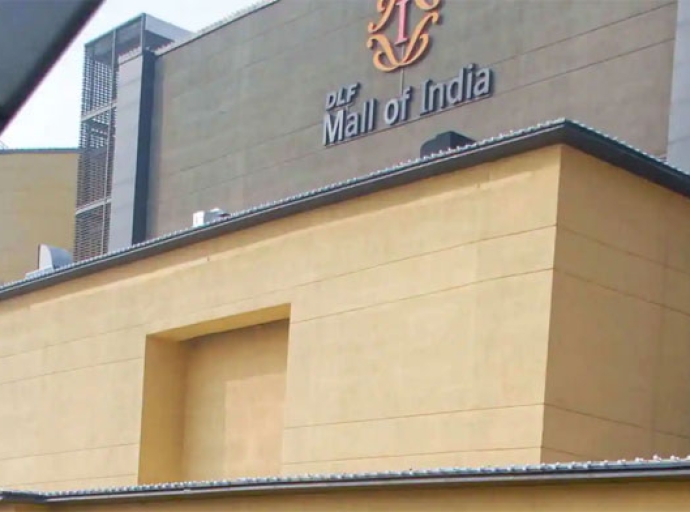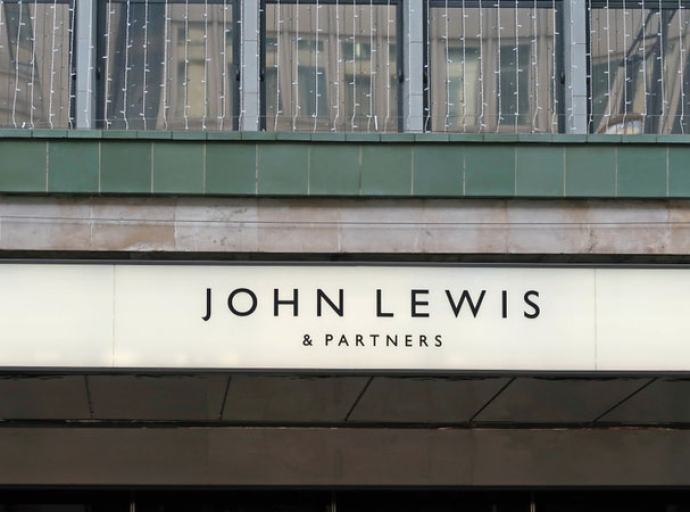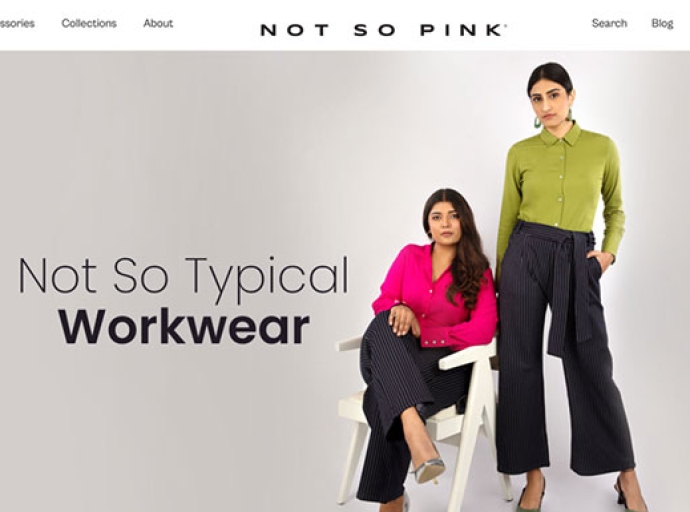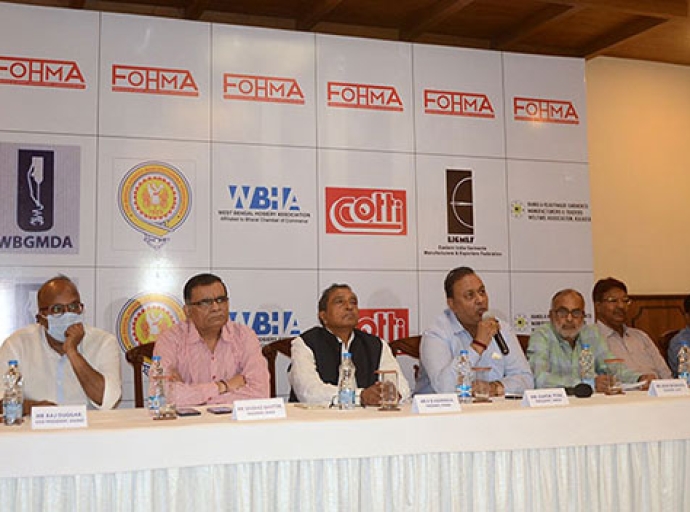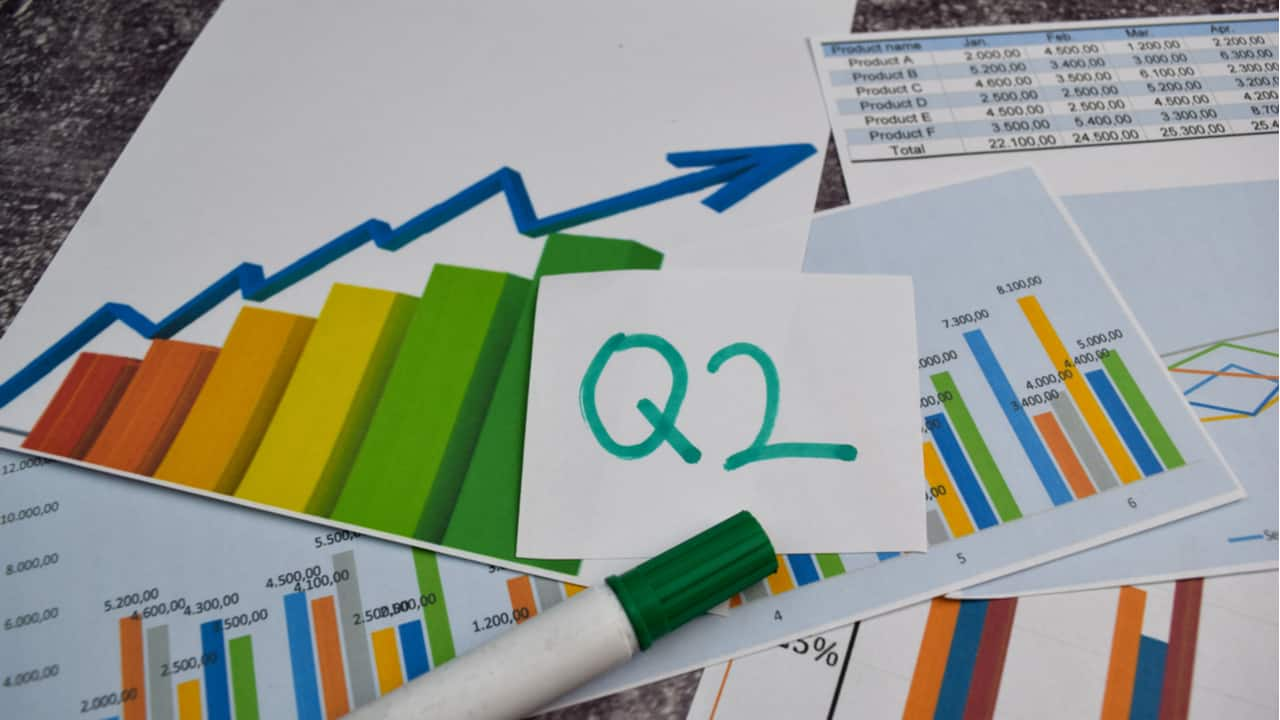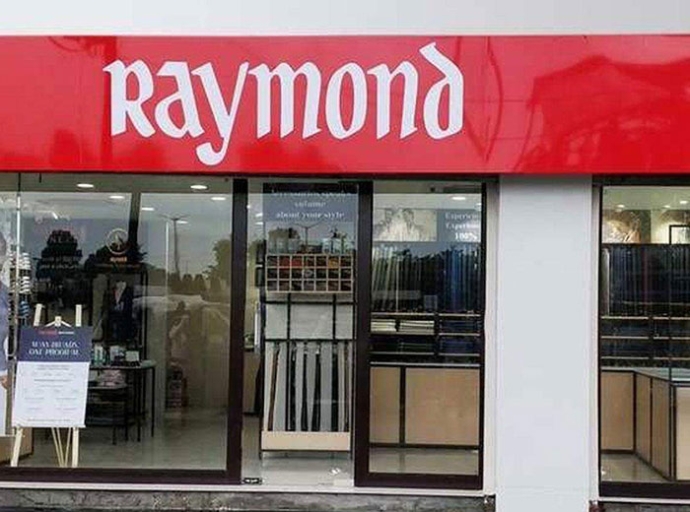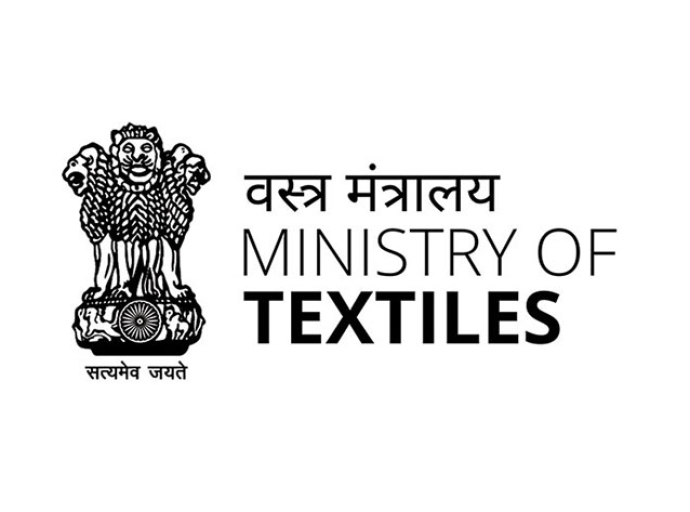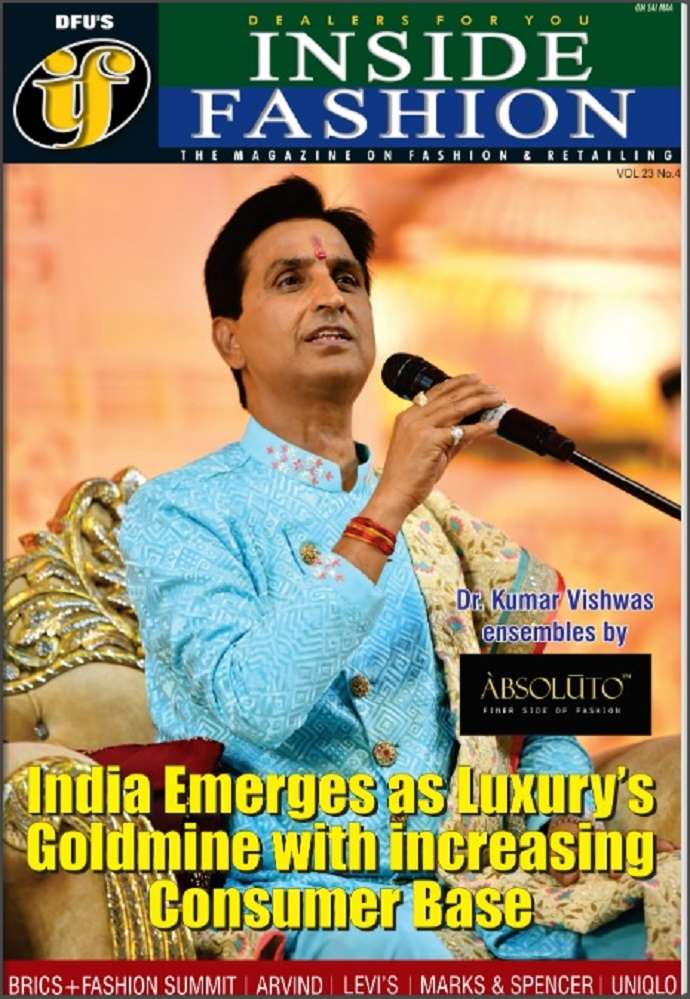02 November 2021, Mumbai:
Since the previous 10 years, the Indian textile and garment industry has faced numerous issues as a result of fluctuating raw cotton prices, which account for 60% of the yarn's cost.
This puts the downstream business, particularly the spinning industry, at risk since it raises yarn prices and makes them unpredictable in the very cost-competitive international market.
T Rajkumar, Chairman of the Confederation of Indian Textile Industry (CITI), has urged Prime Minister Narendra Modi to act to help stabilise cotton prices, which had risen to their highest level in the recent 11 cotton seasons.
He also requested the Cotton Price Stabilization Fund Scheme, which would include a 5% interest subsidy or a loan at the NABARD rate of interest, a reduction in margin money from 25% to 10%, and a rise in the cotton working capital limit from three to nine months.
Due to its inherent strength of abundant raw cotton at competitive rates and the presence of the whole cotton value chain, the Indian Cotton Textile Industry has always been at the forefront of affairs.
Cotton exports may exceed 100 lakh bales this year as a result of US sanctions on Xinjiang Chinese cotton, which accounts for 10% of global cotton production. The cotton season of 2021-2022 began with an opening stock of more than 100 lakh bales, with a projected production of 355 lakh bales.
Roughly 330 lakh bales will be used, with the textile industry importing about 10 lakh bales, leaving about 135 lakh bales for export and carry-over stock. Not only will there be a shortage of cotton on the worldwide market, but there will also be abnormal speculation in cotton prices as a result of this.
Raja M. Shanmugham, President of the Tirupur Exporters Association, also submitted a letter to the Prime Minister, requesting that Cotton Corporation of India Limited be directed to work for the benefit of cotton farmers and the textile sector.

“MNCs are playing a planned game in cotton trading against our textile industry by storing a large stock during the cotton yielding season by using their very low cost of overseas finance and provoking an increase in cotton price,” he said.
He went on to say that CCI should be directed to protect the interests of farmers first and foremost, as well as act as a facilitator or catalyst to accelerate the growth of the textile industry's value chain, and that, as a popular nation, India requires more jobs to accommodate its citizens and ensure household livelihood.
He went on to say that CCI needs to open its Supply Chain Center in response to demand in order to ensure that cotton is available to users quickly.
TOP 5:
2. Consumers will determine growth of sustainable fashion e-comm in India
3. Myntra to offer 1 mn styles from about 7,000 brands at the 'Big Fashion Festival'
4. Maharashtra government honors VIP as 'Best Innerwear Brand' for 2021-22
5. Nike strengthens retail presences with new store at DLF Mall of India,Noida

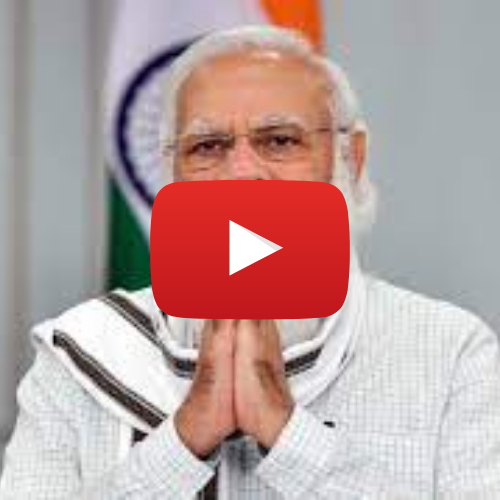



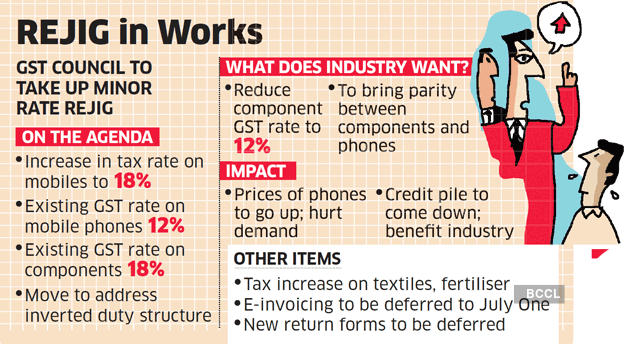

![Direct-to-Consumer (D2C): The Ultimate Guide [2021 Edition]](https://www.coredna.com/files/images/blogs/71/927/traditional-retailer-vs-direct-to-consumer.png)
